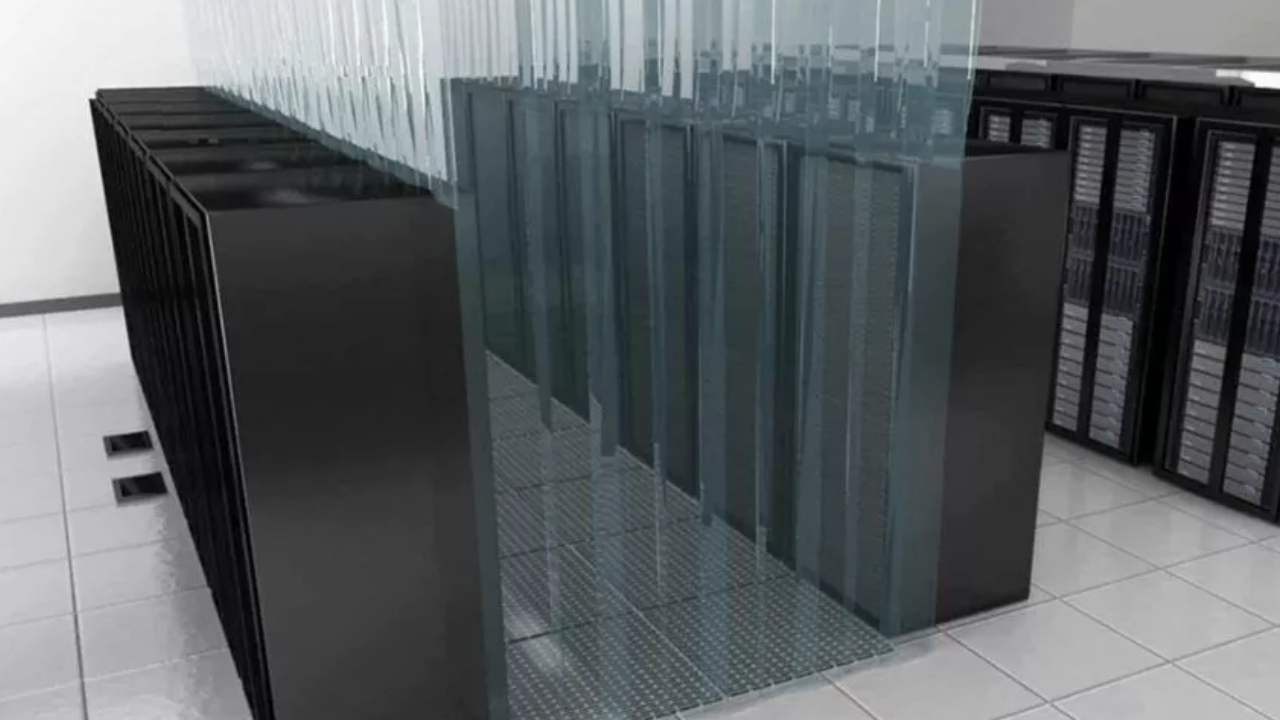Cold aisle containment is an important aspect of modern data center design, as it improves cooling efficiency and manages energy consumption. It entails strategically separating cold airflow channels from hot exhaust airflow paths in a data center setting. This containment method often uses physical barriers to enclose the cold aisles where server racks are positioned face to face, sending cool air directly to server intakes while avoiding hot air recirculation.
Cold aisle containment manufacturers specialize in developing the components and systems required to successfully implement this cooling technology. Cold Aisle Containment Manufacturers frequently provide customizable solutions to fit various data center layouts, equipment configurations, and cooling needs. Manufacturers of cold aisle containment solutions use unique designs and materials to optimize cooling efficiency, minimize energy usage, and improve airflow control in data centers.
The Role Of Cold Aisle Containment In Data Centers
Cold aisle containment is a proven strategy for optimizing energy efficiency in data centers by improving cooling effectiveness and reducing energy consumption. In this detailed article, we will explore how cold aisle containment contributes to energy efficiency in data centers.
Improved Cooling Efficiency
One of the main advantages of cold aisle containment is increased cooling efficiency. Cold aisle containment separates the cold airflow from the hot exhaust air generated by servers, ensuring that servers receive cool air at the right temperature. This targeted cooling strategy reduces the possibility of hot spots and temperature variations in the data center, allowing for more precise temperature control while also improving the performance and dependability of IT equipment.
Reduced Energy Consumption
Cold aisle confinement reduces energy usage in data centers by increasing cooling efficiency and minimizing the demand for cooling equipment. Cooling units can work more efficiently with cold aisle containment, supplying the necessary cooling capacity directly to the server intakes while not overcooling the surrounding environment. This tailored cooling strategy lowers the need for excessive airflow and allows for higher setpoints on cooling units, resulting in significant energy savings.
Elimination Of Hot Air Recirculation
Hot air recirculation occurs when hot exhaust air from servers is pulled back into the intakes of neighboring servers, resulting in inefficient cooling and higher energy usage. Cold aisle confinement efficiently prevents hot air recirculation by confining and directing hot exhaust air away from the server intakes. This guarantees that servers only receive cool, fresh air, increasing cooling efficiency and lowering energy consumption.
Enhanced Airflow Management
Cold aisle containment improves airflow management within the data center by optimizing airflow routes and minimizing air mixing. Data center operators can use a regulated airflow environment to apply tactics including elevated floor cooling, precision air distribution, and variable speed fans to increase cooling efficiency and energy savings. Furthermore, cold aisle containment enables the use of aisle-level airflow control systems, such as movable floor grilles and airflow baffles, to improve airflow distribution and reduce bypass flows.
Scalability And Flexibility
Cold aisle containment is a scalable and adaptable technology that may be simply built or retrofitted into existing data centers. Whether constructing a new data center or expanding an existing one, data center operators can use cold aisle containment systems to improve cooling efficiency and energy savings. Furthermore, cold aisle containment systems can be tailored to varied rack designs, equipment densities, and cooling requirements, ensuring interoperability with a variety of data center configurations.
Environmental Benefits
In addition to energy savings, cold aisle containment has environmental benefits by lowering carbon emissions and reducing the environmental effects of data center operations. Cold aisle containment assists data centers in decreasing their carbon footprint and contributing to sustainability initiatives by optimizing energy efficiency and consumption. This is consistent with the increased demand for environmentally responsible IT processes and promotes business sustainability goals.
Final Words
Cold aisle containment is a tried-and-true approach for increasing energy efficiency in data centers by boosting cooling effectiveness, lowering energy usage, and optimizing airflow control. Cold aisle containment separates hot and cold airflow channels, ensuring that servers receive cool air at the optimum temperature while reducing the possibility of hot patches and temperature swings. Cold aisle containment is an effective solution for data center operators looking to improve energy efficiency and save operating costs in their facilities.

